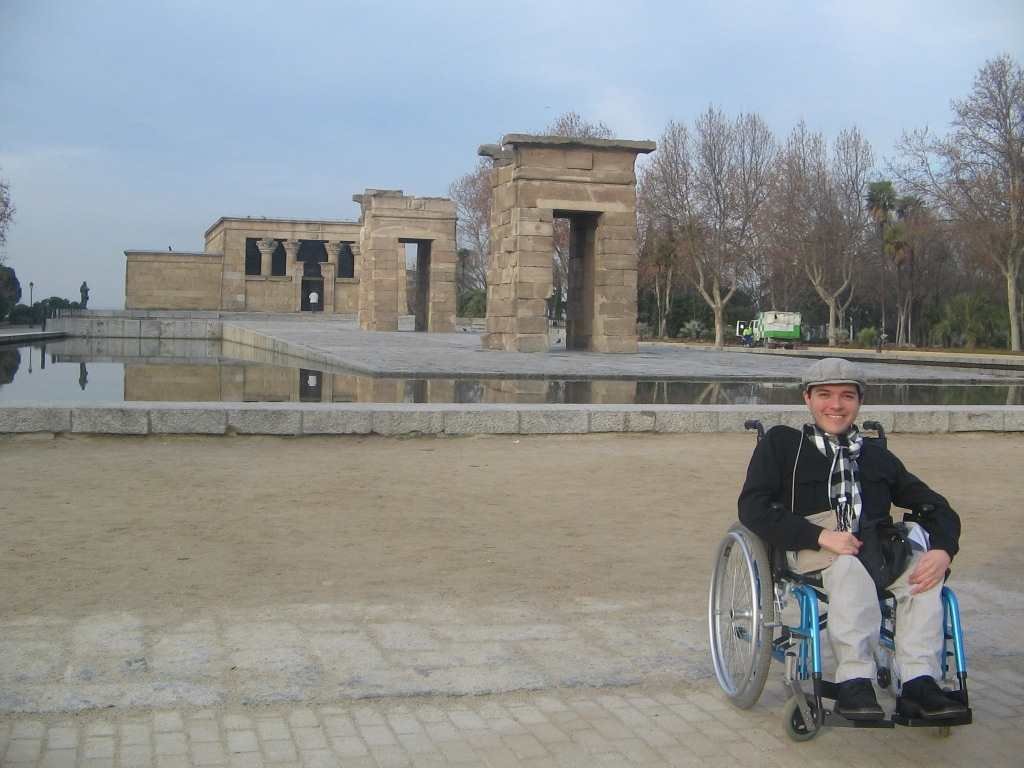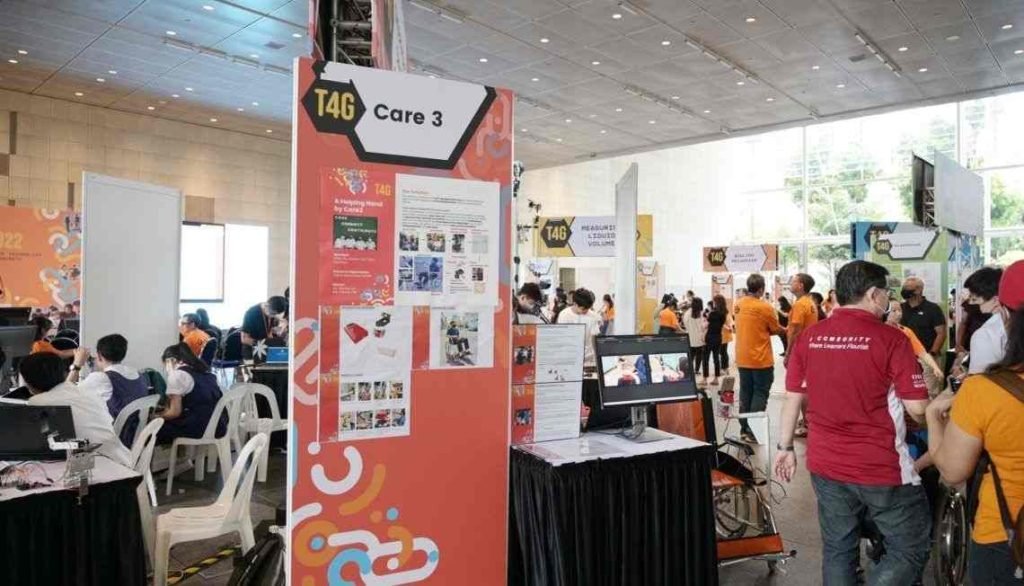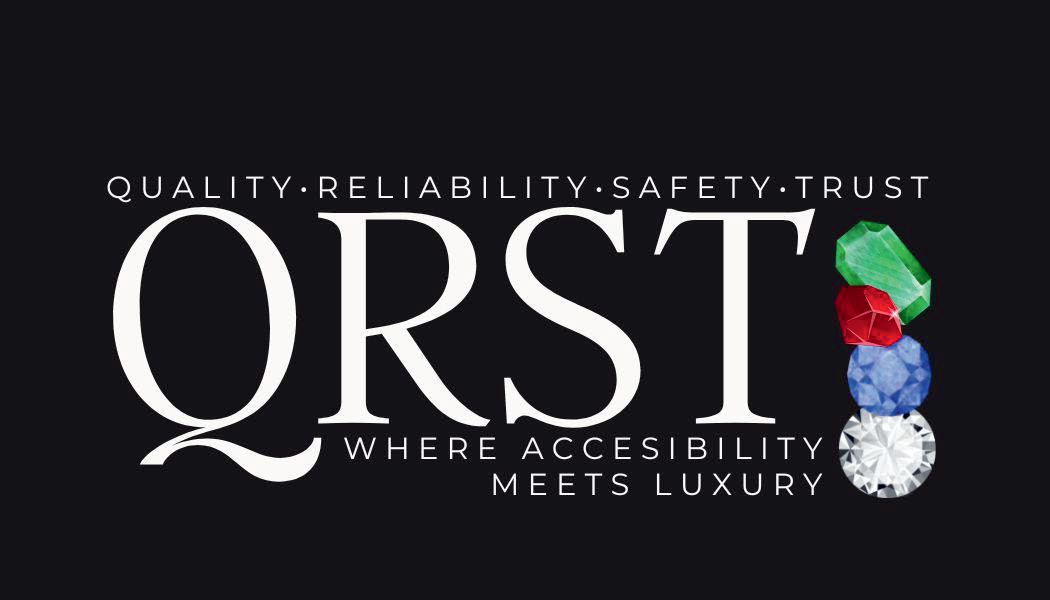Colombia, a nation renowned for its cultural richness and warmth, is grappling with a critical challenge – the need for a more inclusive and supportive community for wheelchair users. Navigating the intricate tapestry of Colombian society can be an arduous task for individuals with unique mobility needs. in this blog, QSTR Wheelchair Transportation helps you enter into the multifaceted landscape of initiatives and networks in Colombia, striving to build a robust and empathetic support system for wheelchair users. From advocacy and education to virtual communities, infrastructure enhancements, collaborative initiatives, and sports programs, we explore the various facets shaping the path toward a more inclusive society.
The Landscape of Accessibility in Colombia: A Call for Community Building
Colombia, like many countries, faces hurdles in making its public spaces accessible for individuals with disabilities. The experience of wheelchair users is marked by challenges in mobility, employment, and social engagement. Despite efforts to improve accessibility, there is a pressing need to bridge the existing gap. Reading about the accessibility advocacy in Columbia may help you gain an insight in this regard. The call for community building arises from the collective realization that inclusivity is not merely a societal nicety but a fundamental right for all citizens.

Empowering Through Education: The Role of Advocacy Groups
Advocacy groups serve as torchbearers in the journey toward inclusivity. Organizations such as “Wheeling Forward Together” are actively engaged in raising awareness about the rights and needs of wheelchair users. Their educational initiatives, ranging from workshops to seminars, aim to dismantle misconceptions and instigate policy changes. By educating both the public and policymakers, these groups lay the groundwork for a more empathetic and informed society.
Virtual Communities: Breaking Barriers in the Digital Age
In an era dominated by technology, the digital realm emerges as a powerful ally in community building. Wheelchair users in Colombia are forging connections through social media platforms and online forums, creating a virtual haven where experiences are shared, advice is sought, and a sense of belonging is cultivated. The online community not only serves as an information hub but also as a lifeline for individuals who might otherwise feel isolated due to physical barriers.
Accessible Infrastructure: Paving the Way for Inclusivity
While advocacy and education shape attitudes, tangible changes in infrastructure are imperative for creating an inclusive environment. Colombia is witnessing a burgeoning movement advocating for wheelchair-friendly infrastructure. From the installation of ramps to the construction of accessible restrooms, these changes not only ease mobility for wheelchair users but also symbolize a commitment to inclusivity.
Collaborative Initiatives: Partnerships for Progress
Community building is inherently collaborative, requiring the alignment of diverse stakeholders. Non-governmental organizations, government agencies, businesses, and individuals are recognizing the importance of collective action. Initiatives focusing on employment opportunities, accessible transportation, and healthcare access are emblematic of a united front against the challenges faced by wheelchair users. Through collaborative efforts, these initiatives seek sustainable solutions with a lasting impact.
Inspirational Stories: Advocacy in Action
Narratives have the power to inspire change. Within the Colombian wheelchair user community, there are individuals who have overcome obstacles and made significant contributions. Sharing these stories amplifies their impact, reshaping perceptions and challenging stereotypes. These narratives not only celebrate personal triumphs but also serve as beacons of hope, encouraging others to embrace their unique journeys with resilience and determination.
Sports and Recreation: Fostering a Sense of Belonging
In the pursuit of community building, sports and recreational activities play a pivotal role. Adapted sports programs tailored for wheelchair users are gaining popularity in Colombia. These programs extend beyond physical health benefits; they serve as platforms for social interaction, fostering a sense of belonging and empowerment. By engaging in sports, wheelchair users not only enhance their well-being but also break down societal barriers that may limit their participation.
Challenges and Opportunities: Navigating the Path Forward
Acknowledging the challenges is essential for navigating the path toward a fully inclusive society. Limited awareness, bureaucratic hurdles, and ingrained societal attitudes are formidable obstacles. However, these challenges present opportunities for growth and innovation. There are ways for wheelchair transportation for cancer patients in DNV, which may give us the chance to implement the mentioned strategies in Columbia too. By addressing these hurdles head-on, the community can work collectively to find creative solutions and advocate for systemic changes that extend beyond individual efforts.

The Future of Community Building for Wheelchair Users in Colombia
As the wheels of progress turn, a promising future unfolds for wheelchair users in Colombia. The amalgamation of advocacy groups, virtual communities, infrastructure improvements, collaborative initiatives, inspirational stories, and sports programs is laying the groundwork for a more inclusive society. The ongoing dialogue and collective action signify a shift toward a future where wheelchair users actively contribute to the vibrancy and diversity of their communities.
Conclusion: Uniting Wheels for a Brighter Tomorrow
In the intricate mosaic of community building, the threads of support for wheelchair users in Colombia are weaving a narrative of empowerment, inclusion, and resilience. The journey towards a fully inclusive society is ongoing, marked by collective strides and individual triumphs. By fostering a supportive community through education, advocacy, virtual networks, accessible infrastructure, collaboration, and recreational opportunities, Colombia is not merely paving the way for inclusion – it is creating a blueprint for a brighter tomorrow where every individual, regardless of their mobility, can roll confidently toward their dreams.
FAQ’s
Is Colombia wheelchair accessible?
Colombia is making strides in improving wheelchair accessibility, but challenges persist. Urban areas generally have better infrastructure, while remote regions may pose more obstacles for wheelchair users.
How to design a wheelchair accessible home?
To design a wheelchair-accessible home, prioritize features like ramps, wider doorways, and an accessible bathroom with roll-in showers. Consider adaptable counters and lowered switches for ease of use, ensuring a barrier-free and inclusive living space for individuals with mobility challenges.
What state is the most wheelchair friendly?
While accessibility varies, states like California, Oregon, and New York are often regarded as more wheelchair-friendly due to comprehensive accessibility laws, infrastructure, and public facilities. However, individual experiences may differ, and ongoing efforts nationwide aim to improve accessibility for wheelchair users.
What percentage of people worldwide who need a wheelchair have access to one?
Globally, it is estimated that only around 1 in 10 people who require a wheelchair have access to one, highlighting a significant gap in accessibility. This disparity underscores the pressing need for increased efforts in providing mobility aids and improving accessibility for individuals with mobility challenges on a global scale.
How can I improve my wheelchair accessibility?
Enhance wheelchair accessibility by installing ramps, widening doorways, and ensuring smooth, even flooring in your living space. Additionally, consider adjustable-height features and consult with accessibility professionals for personalized improvements.
